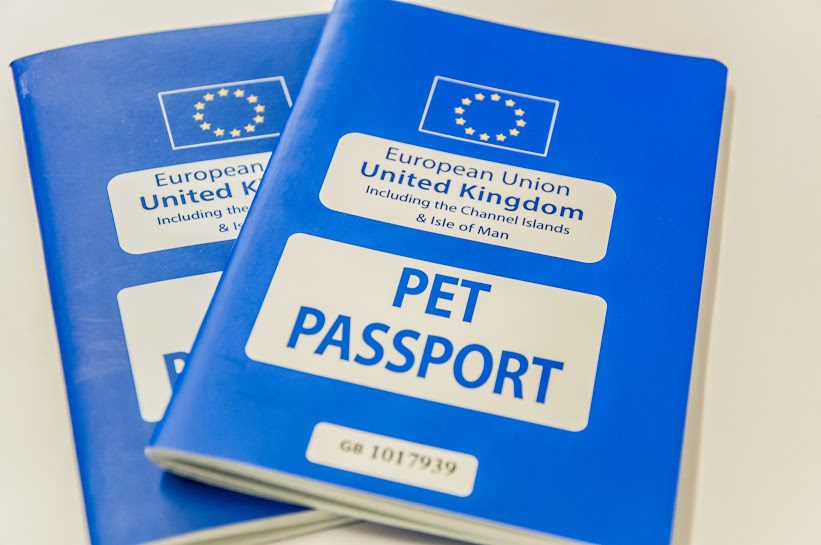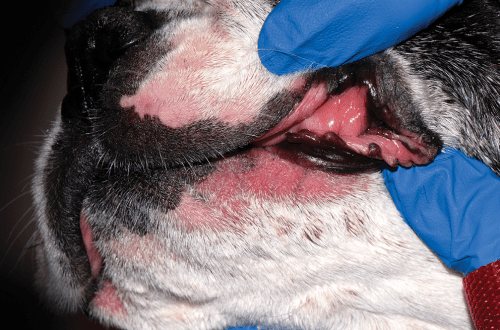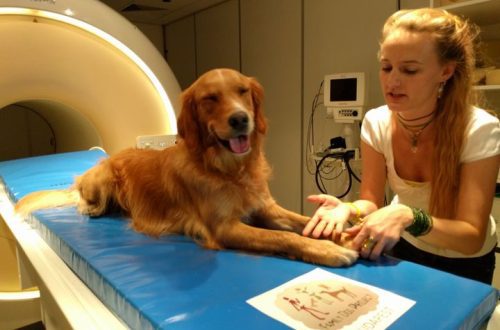
Veterinary passport for a dog
If you have been planning to go on a trip with your dog for a long time, do not put off the trip. Your furry friend also loves to walk and discover new routes. Travel options can be different – a trip out of town, to a country house with friends, and maybe to another country. In any case, for long-distance travel, your pet will need a separate document – a veterinary passport.
Veterinary passport
What is a veterinary passport and why does your pet need it? A veterinary passport is a document of your dog, in which all the data about the animal are affixed. In addition to information about vaccinations and microchipping, your passport also contains your contact details. A veterinary passport is issued at the first visit to the vaccination clinic. If you plan to travel within Russia, a veterinary passport will be sufficient. Be sure to check the rules of the airline – when flying to another city, some carriers do not allow certain breeds of animals (for example, pugs) on the plane, and small and miniature breed dogs can be transported in the cabin.
Required marks
What marks must be in the pet’s veterinary passport?
- Information about the dog: breed, color, nickname, date of birth, gender and data on chipping;
- information about vaccination: vaccinations made (against rabies, infectious and other diseases), dates of vaccinations and names of veterinary specialists signed and stamped;
- information about the conducted deworming and other treatments for parasites;
- contact details of the owner: full name, phone numbers, e-mail address, residential address.
Be sure to check with your veterinarian before planning your trip. He will give recommendations on additional vaccinations for the veterinary passport. Please note that most countries require a rabies vaccination no later than 21 days before crossing the border. Without information about vaccination, the dog will not be released abroad.
Additionally, we recommend microchipping your pet. This is not necessary for traveling around Russia, but it is better to implant a microchip for the safety of the dog and to facilitate its search in an unforeseen situation. The procedure is practically painless for the animal and does not take much time.

International veterinary passport
If you plan to take your dog on a trip abroad, you need to issue him an international veterinary passport. To obtain such a document, contact your veterinary clinic. Study in advance the rules for importing and exporting an animal from the country where you are going to go – for example, an animal will not be allowed into Europe without a chip or a readable brand set before 2011.
To travel to the CIS countries, the pet will need to issue a veterinary certificate No. 1 (accompanying document for crossing the border). You can get it at the regional veterinary station no earlier than 5 days before the trip. A veterinary certificate is also issued if you are bringing a dog for sale. What is required to obtain a veterinary certificate?
- International (or regular) veterinary passport with vaccination data.
- The results of tests for helminths or a note in the passport about the treatment carried out (in this case, an analysis for worms may not be required).
- Examination of the dog by a veterinary specialist at the station. The veterinarian must confirm that the animal is healthy.
To travel to Belarus, Kazakhstan, Armenia and Kyrgyzstan, a dog needs to issue a veterinary certificate of the Customs Union form No. Eurocertificate or certificate form 1a. For travel by train or car, these certificates must be obtained in advance.
Have a good trip!





